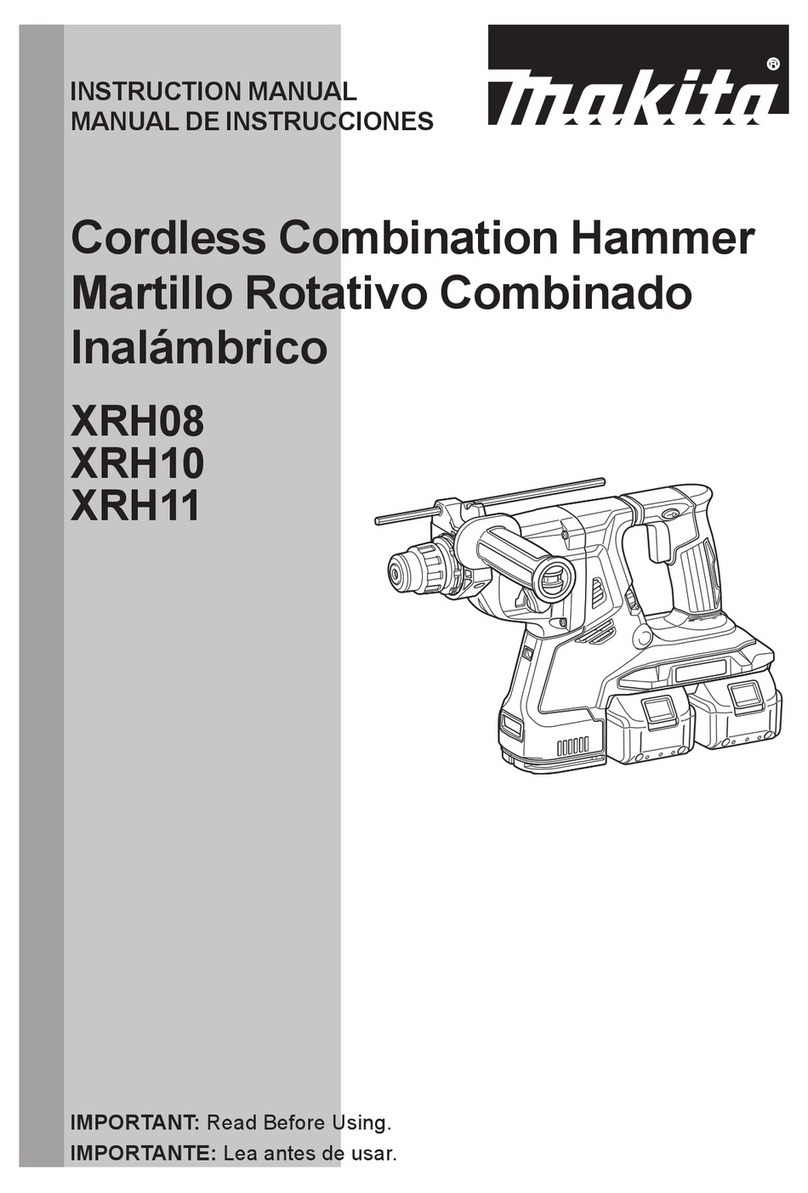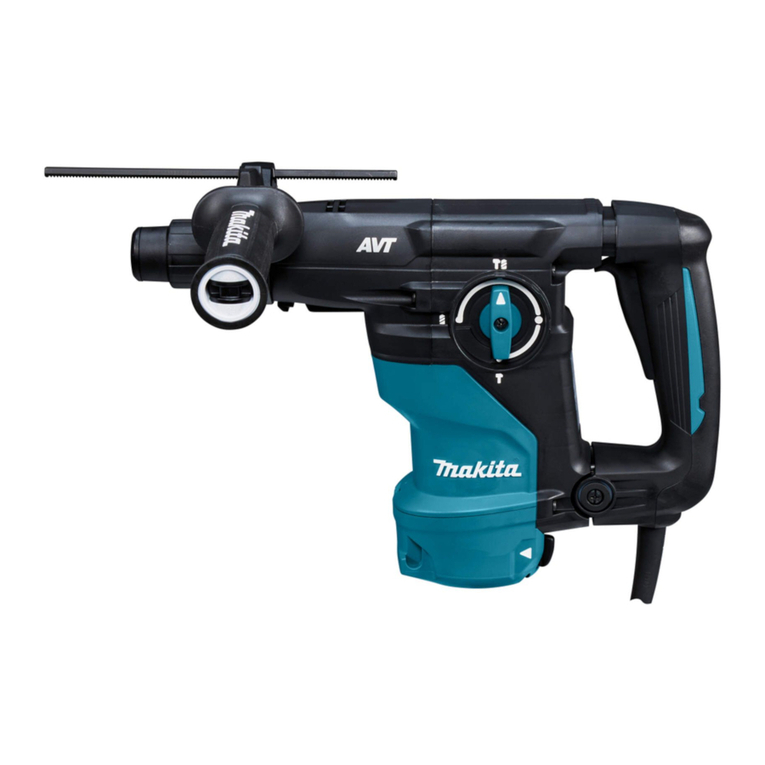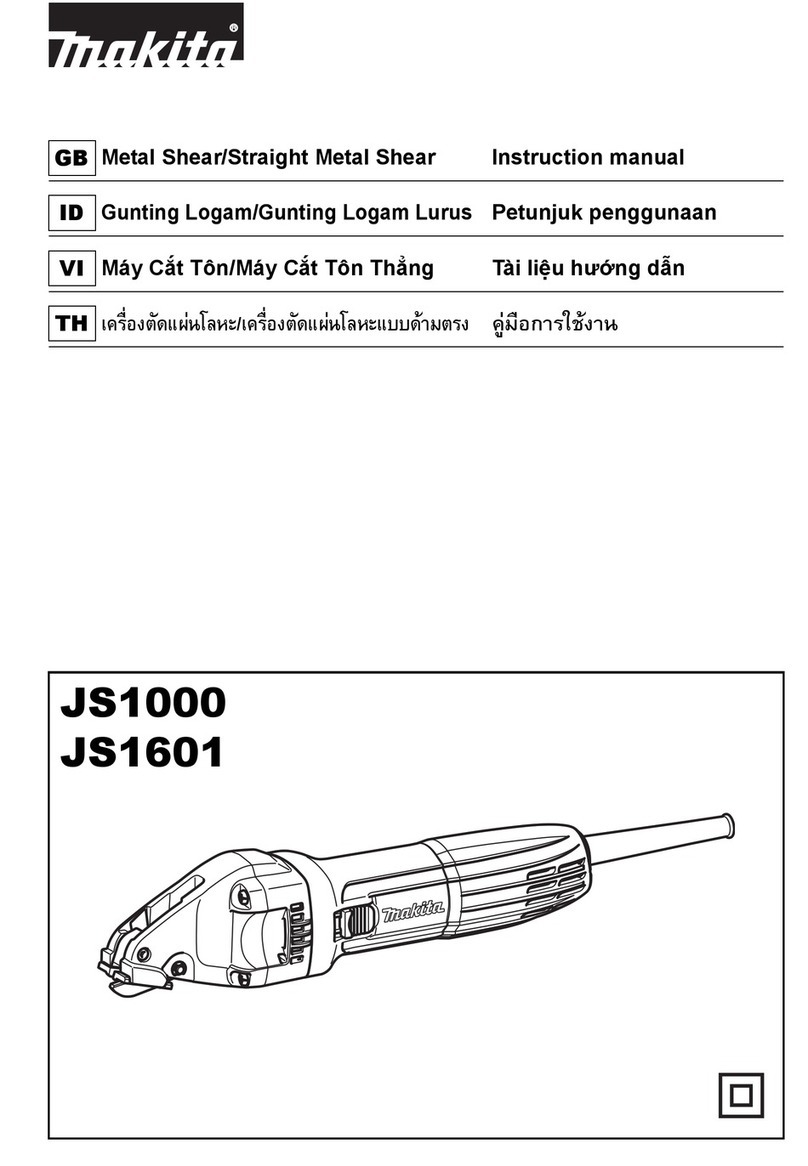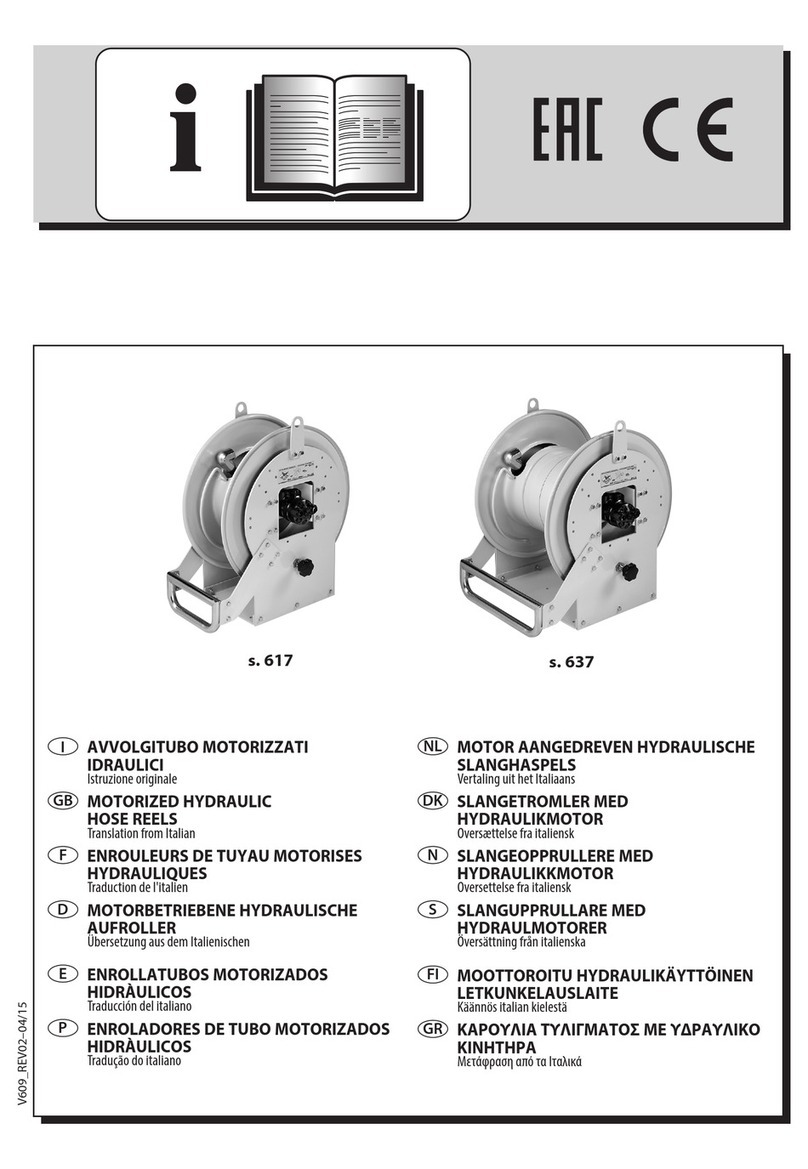Makita DTR181 User manual
Other Makita Tools manuals
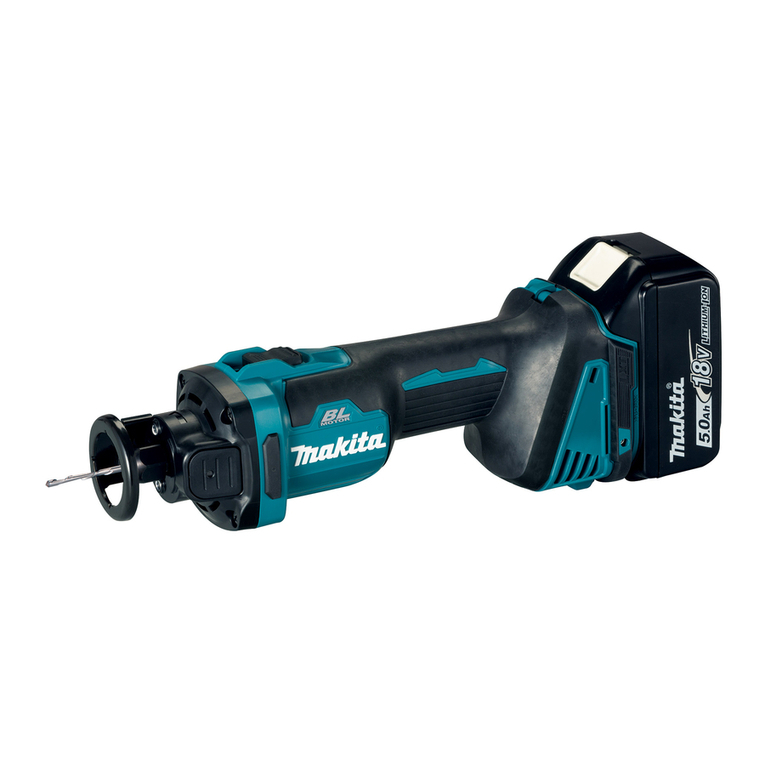
Makita
Makita DCO181 User manual
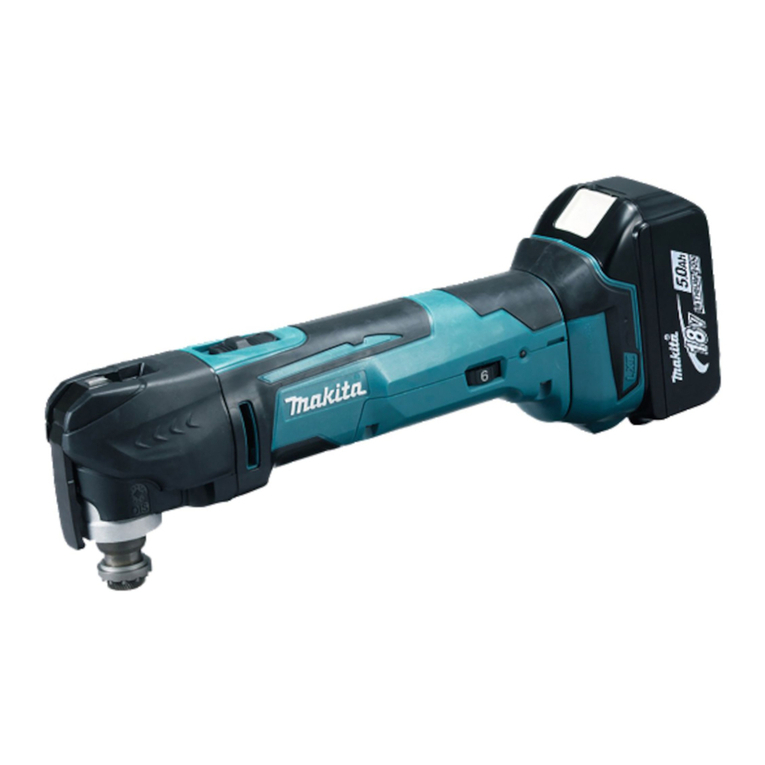
Makita
Makita DTM41 User manual
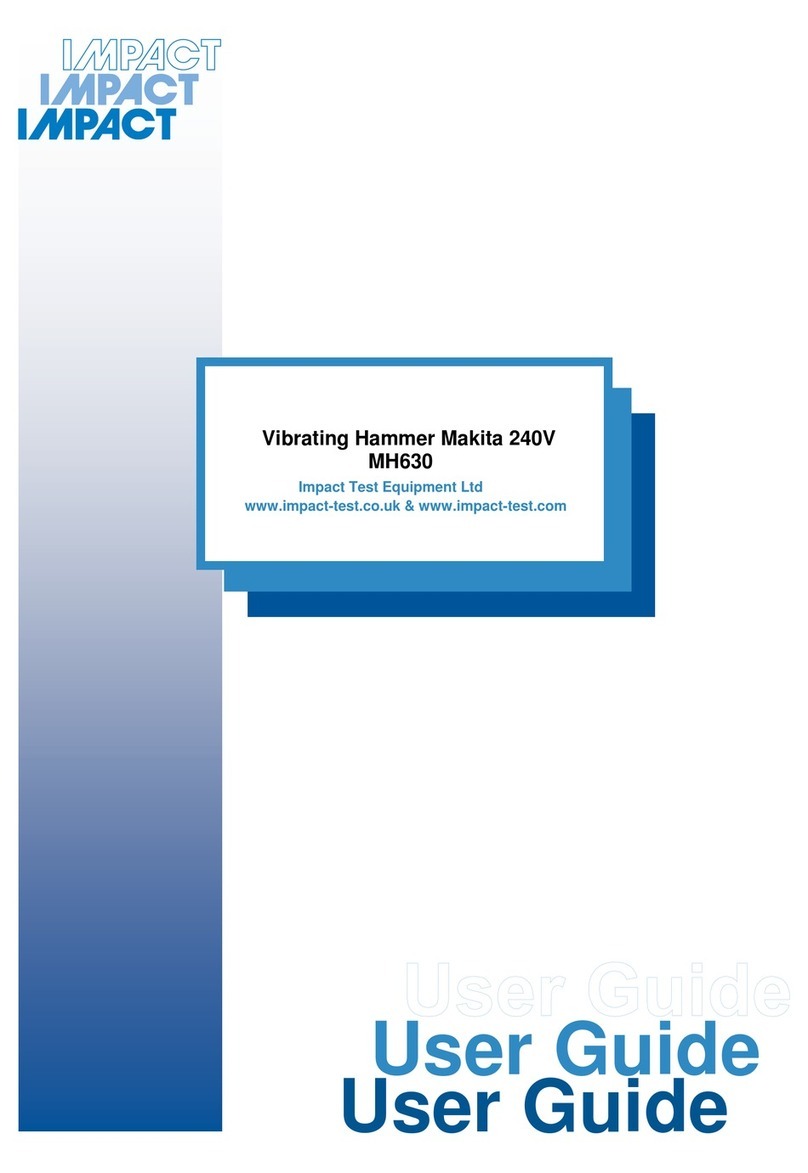
Makita
Makita HM1200 User manual

Makita
Makita BHR162 User manual
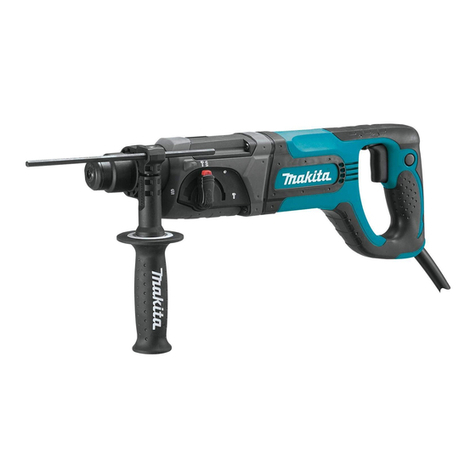
Makita
Makita HR2475 User manual
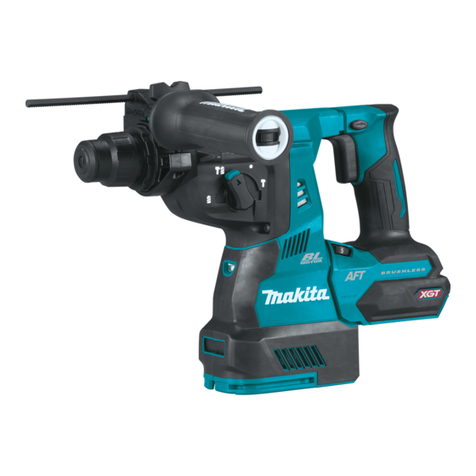
Makita
Makita GRH01 User manual

Makita
Makita HR3540C User manual
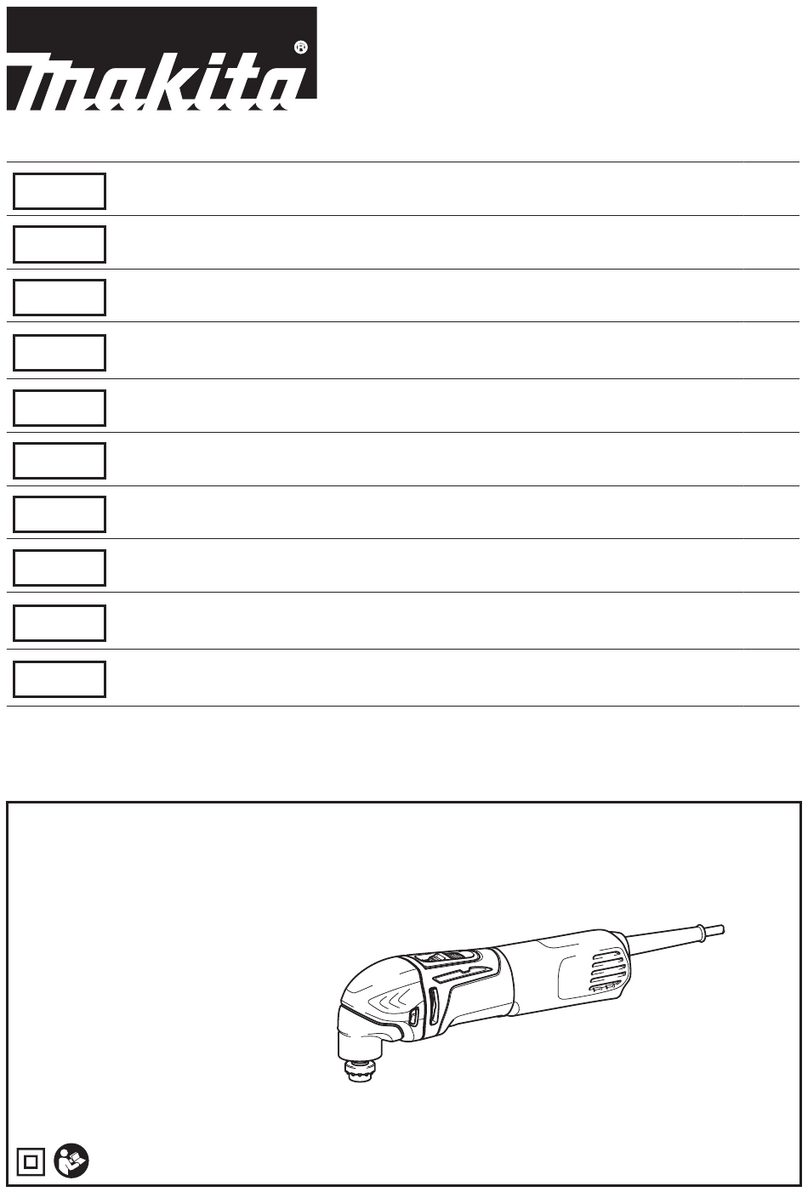
Makita
Makita TM3000C User manual
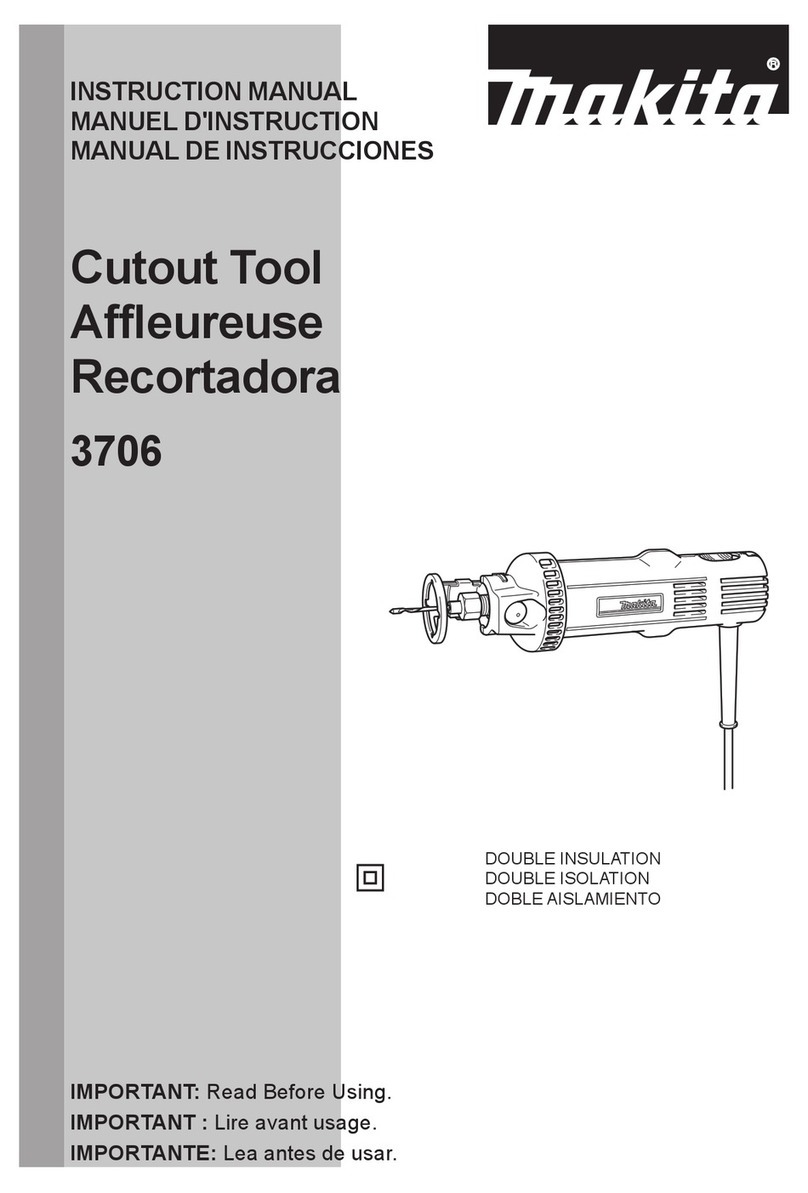
Makita
Makita 3706 User manual

Makita
Makita HR002G User manual

Makita
Makita G6003 User manual
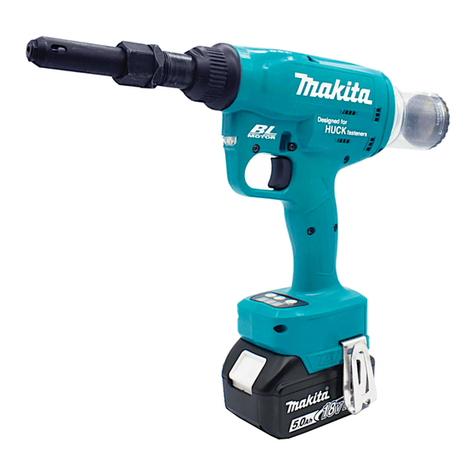
Makita
Makita BV4500-118 User manual
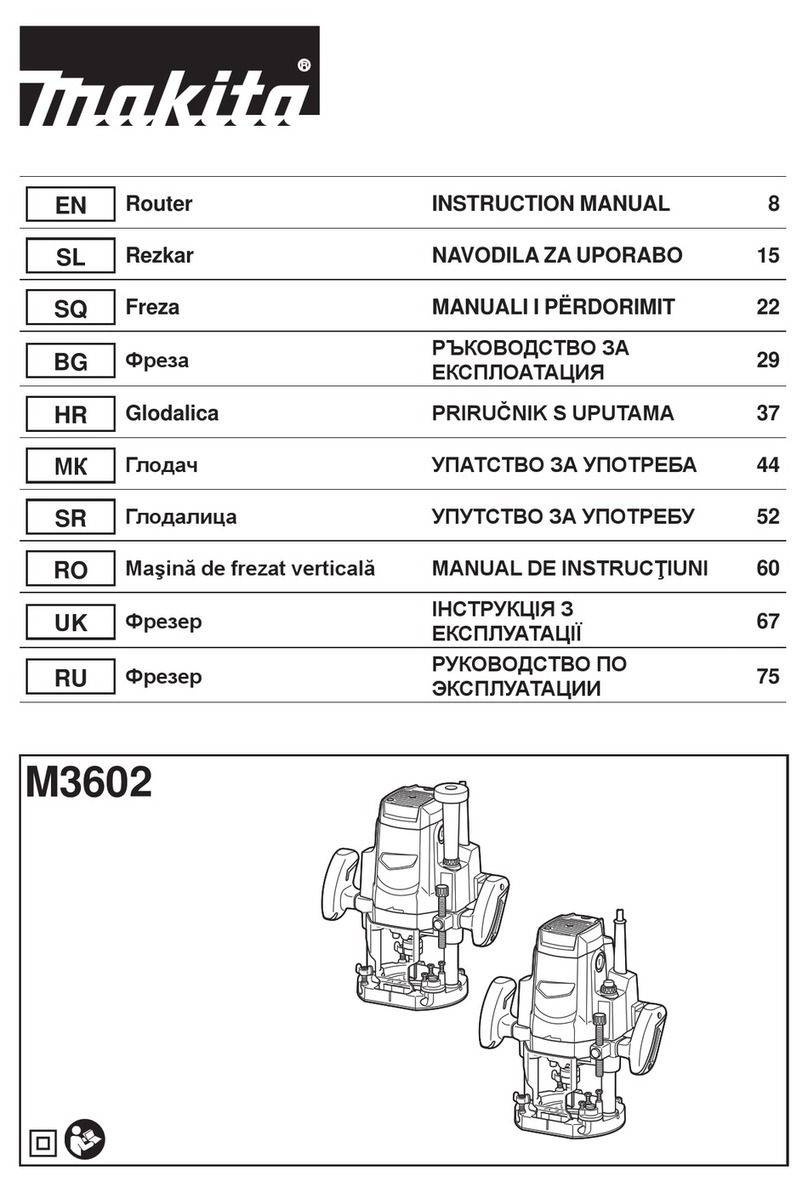
Makita
Makita M3602 User manual
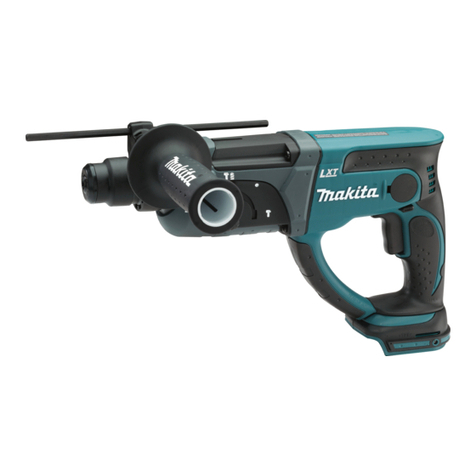
Makita
Makita BHR202 User manual

Makita
Makita JM21000330 User manual
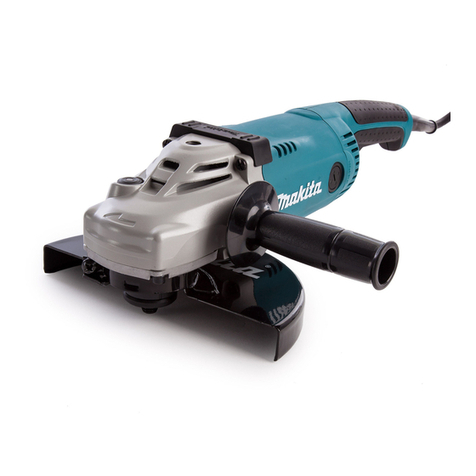
Makita
Makita GA9020S User manual

Makita
Makita HR2650 User manual

Makita
Makita DGP180 User manual
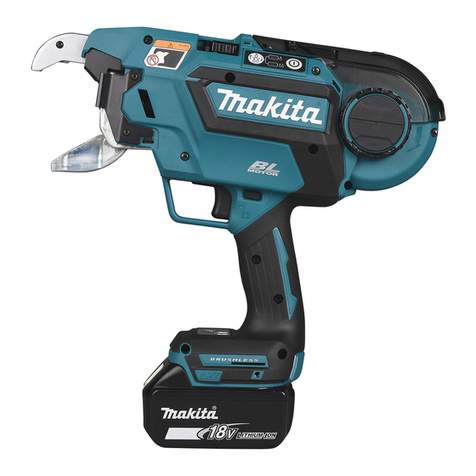
Makita
Makita DTR181 User manual
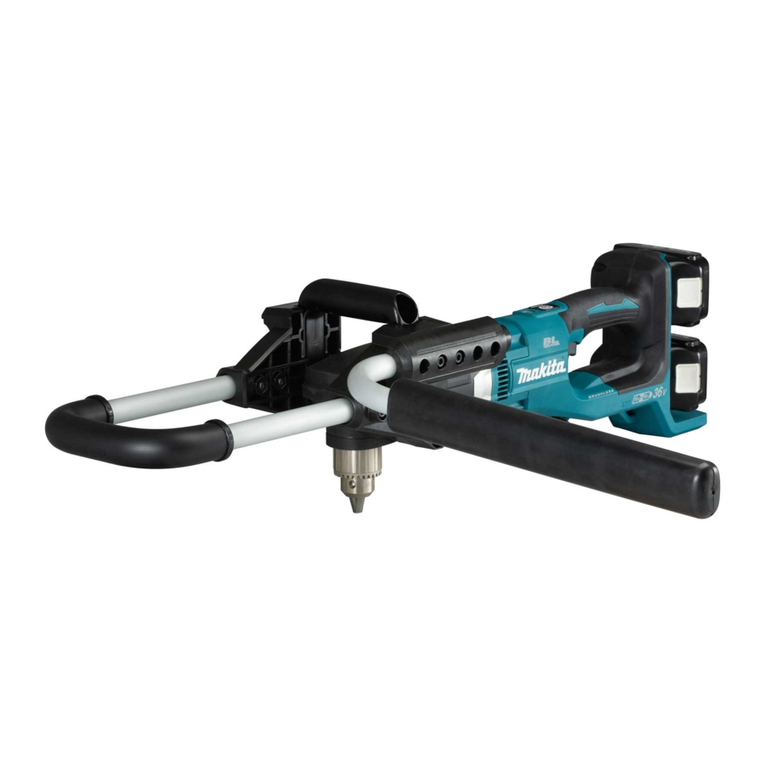
Makita
Makita DDG460 User manual
